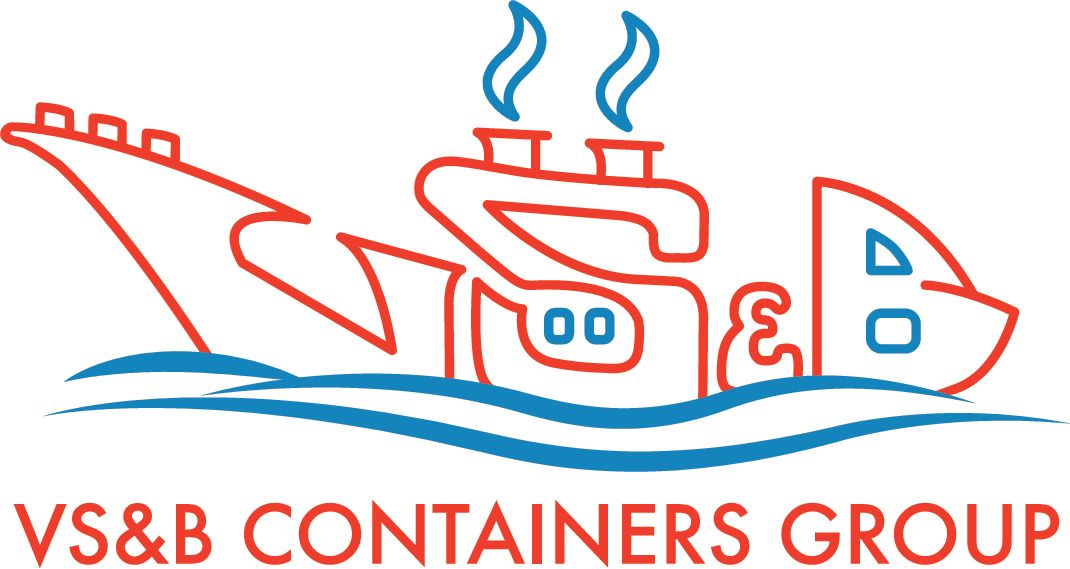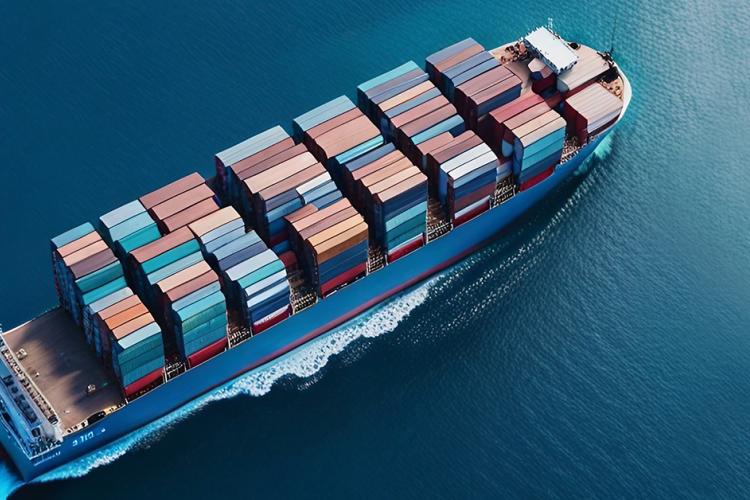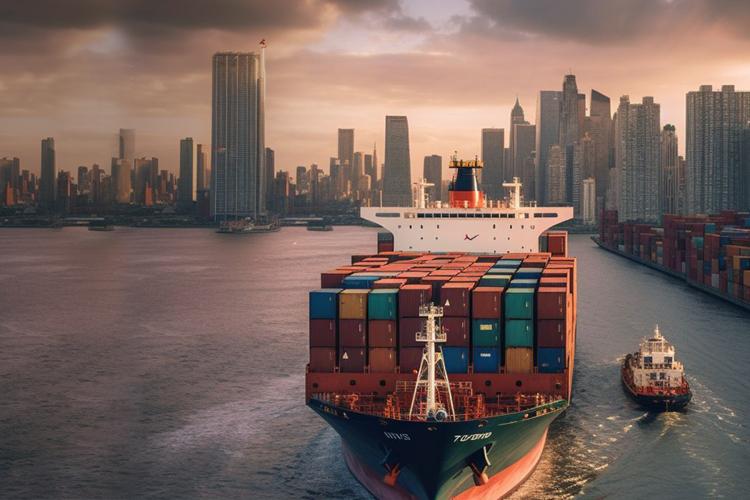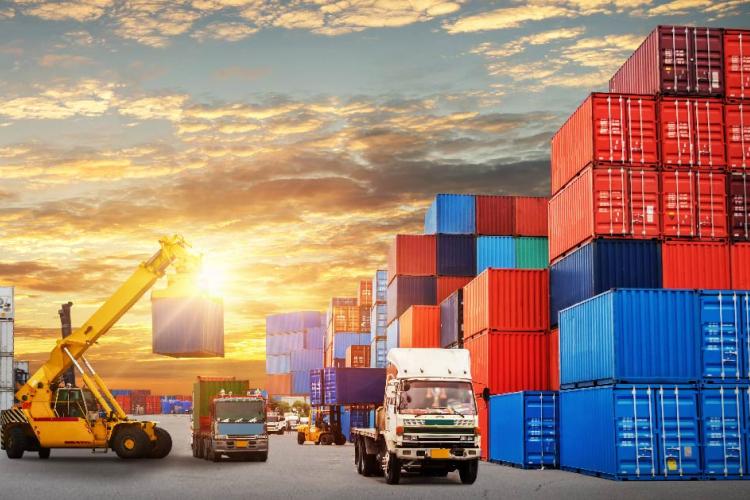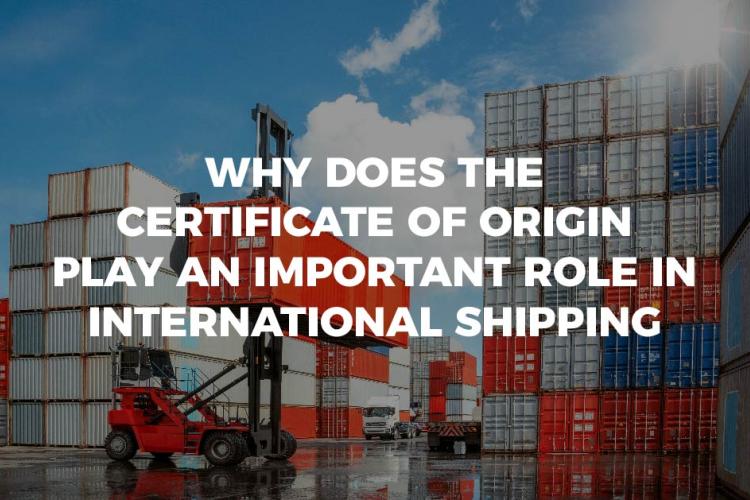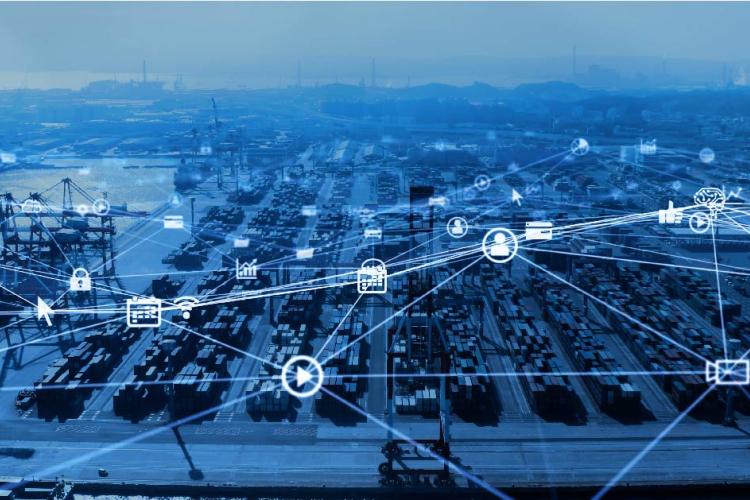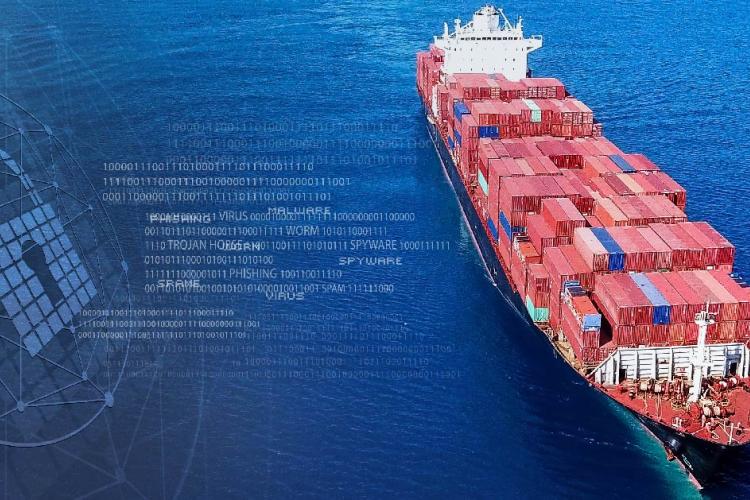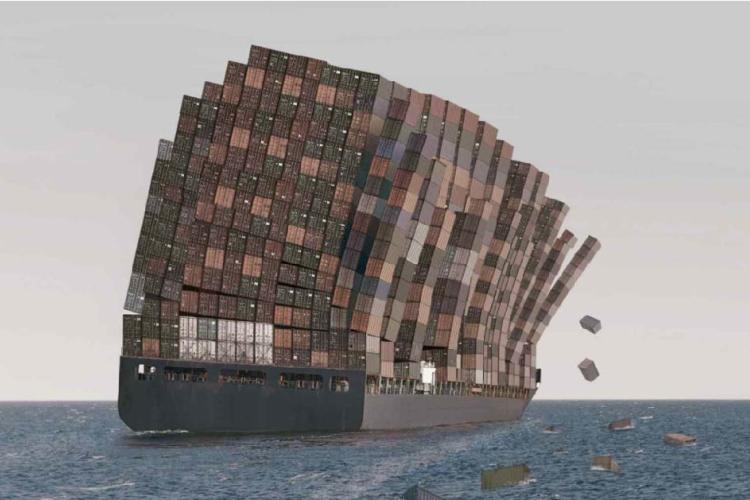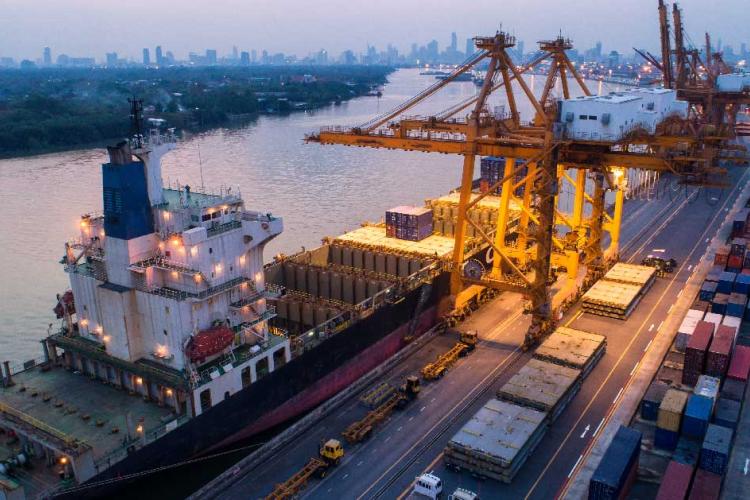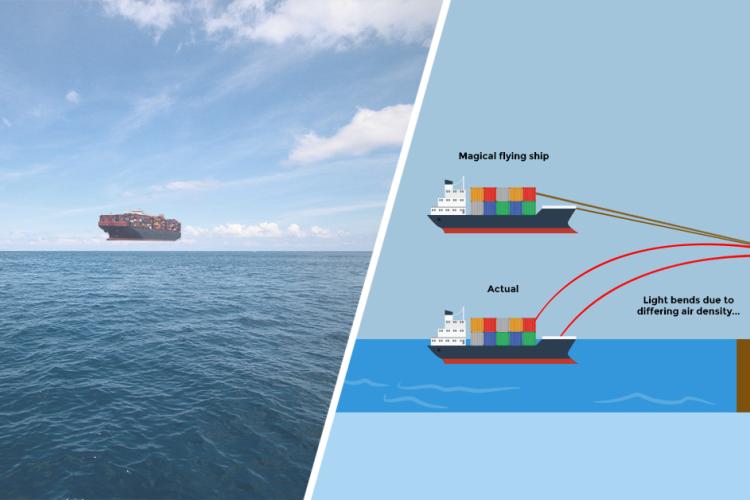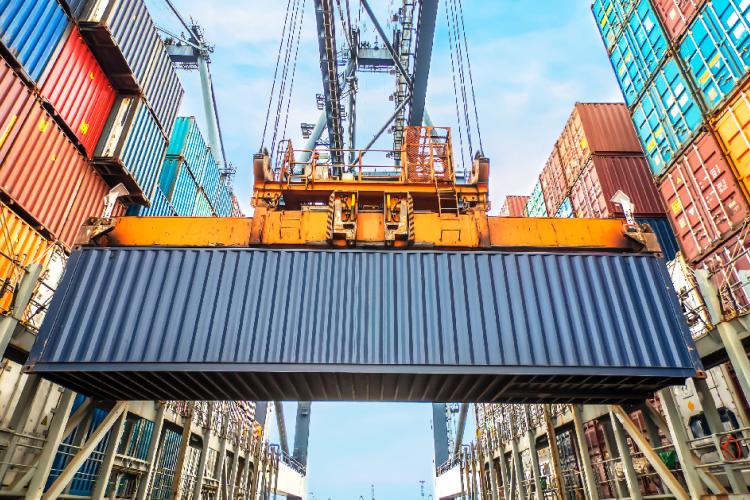"Embark on a voyage through the turbulent seas of the shipping industry, uncovering the daunting art of repositioning empty containers." Our blog, "SHIPPING ROUTES AND THE CHALLENGE OF REPOSITIONING EMPTY CONTAINERS" explains.
21 January 2023
How can you manage the transportation of temperature-sensitive goods in a controlled environment to ensure their quality and integrity? Our blog, COLD CHAIN LOGISTICS: ENSURING FRESHNESS AND QUALITY FOR TEMPERATURE-SENSITIVE GOODS explains.
11 January 2023
The shipping sector faces the overwhelming task of cementing a sustainable supply chain process for the world. What are the practical ways by which this goal can be attained?
10 February 2022
A Certificate of Origin is an essential document used in international trade certifying the country from where the goods being exported have originated. It plays a critical role in ensuring that trade agreements between nations are followed in form and substance.
21 January 2022
The shipping industry is dealing with increasing challenges thrown by various types of security dangers. What is the nature of these threats and how is the industry rising to confront such dangers in the high seas?
29 November 2021
Digitalization of shipping and logistics also brings along growing threats of cyber-attacks on the sector's IT systems. How can the industry deal with such threats squarely and maintain business continuity?
27 November 2021
Precise positioning of containers on board, well-maintained twist locks & lashings together with proactive steps to counter vessel instability arising from sudden and extreme weather can go a long way in reducing the loss of containers in the seas.
2 November 2021
There are time-tested ways to practice higher resilience in the supply chain process and enhance a company's bottom line. Without cutting corners, a business can by-pass unexpected situations and instead concentrate on the core areas of their business.
21 October 2021
It’s an everyday sight to see aircraft flying over the horizon. It’s something one would not give a second look or even raise an eyebrow because airplanes fly, anyway. But how would you feel seeing a gigantic ship suspended mid-air above the oceans? Would you not be wonder-struck thinking how that could ever be possible!? Such a possibility undermines human imagination. Is that a miracle that one may call the eighth wonder of the world or a natural phenomenon behind which there’s an established scientific explanation?
20 August 2021
Imagine you’re navigating half a century back in time! How would the ships and ports of those bygone times appear to you? The stark contrast you will experience compared with the scenario today will give us a good impression about the pace at which shipping has progressed over the decades. Even back then, industry experts had rightly said that standardized containers would revolutionize the economics and convenience of shipping merchandize far and wide across the oceans and deep into the interiors by rail and roadways.
